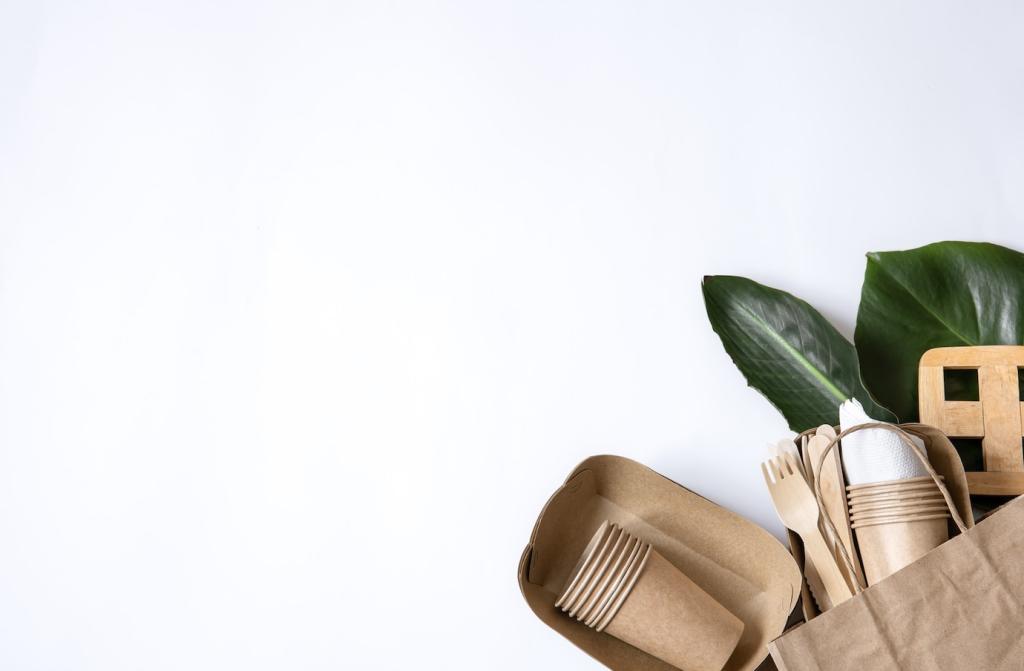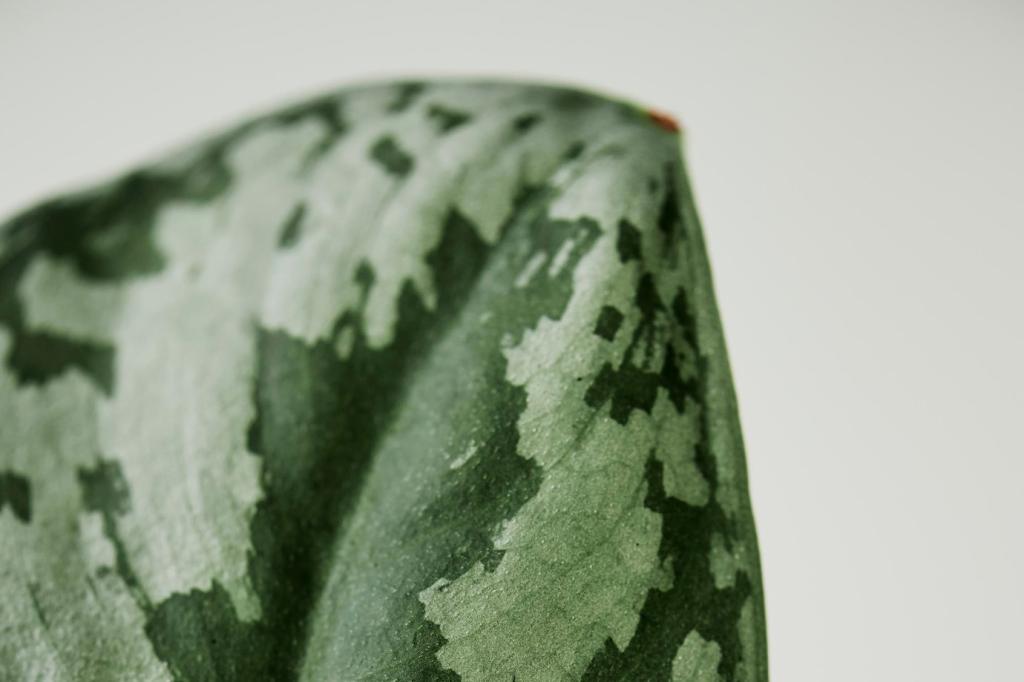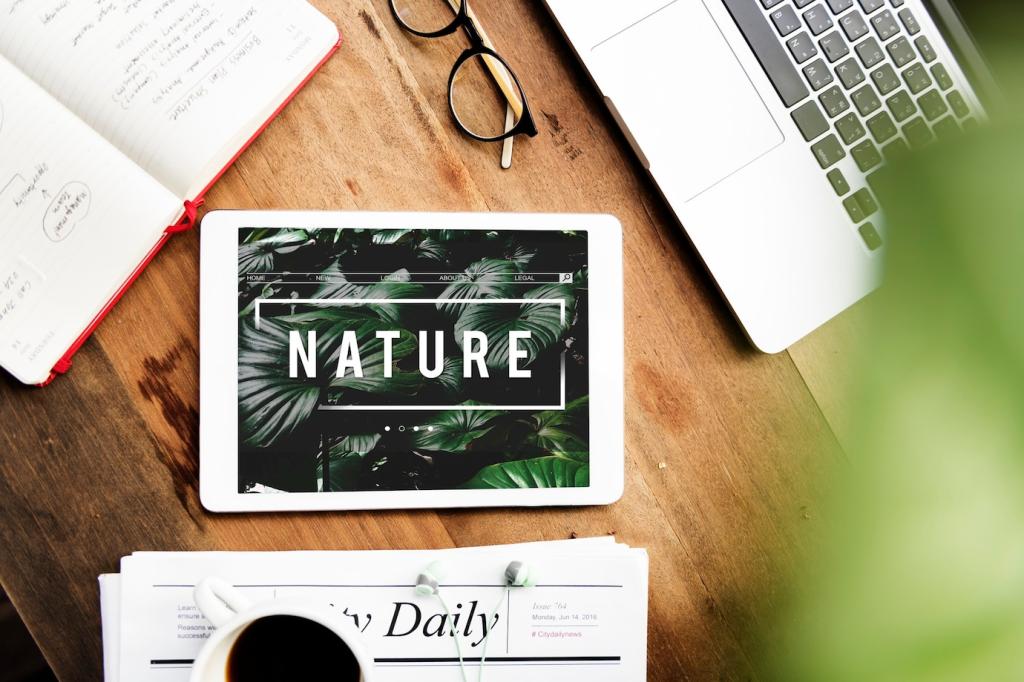Case Study: A Hallway Rescued by Pallet Poetry
Mara found three pallets beside a bakery, asked for permission, then dismantled them carefully. She scrubbed, sanded, and sealed every slat, marveling at sun-bleached grain. Those imperfections—nail scars and faded stamps—became the heartbeat of a hallway wall yearning for warmth and character.
Case Study: A Hallway Rescued by Pallet Poetry
She mapped a herringbone pattern, mixing ash, honey, and espresso tones. Each slat carried its own past—shipping codes, tiny dents, sugar dust. Friends traced the lines like a treasure map, discovering stories hidden in recycled elements that made the home feel alive and generously human.
Case Study: A Hallway Rescued by Pallet Poetry
Neighbors stopped to ask how she did it, and Mara shared photos and steps. That hallway became a conversation starter about innovative wall decor and responsible living. Add your voice: comment with questions, share your hallway transformations, and subscribe for monthly recycled challenges and community spotlights.





